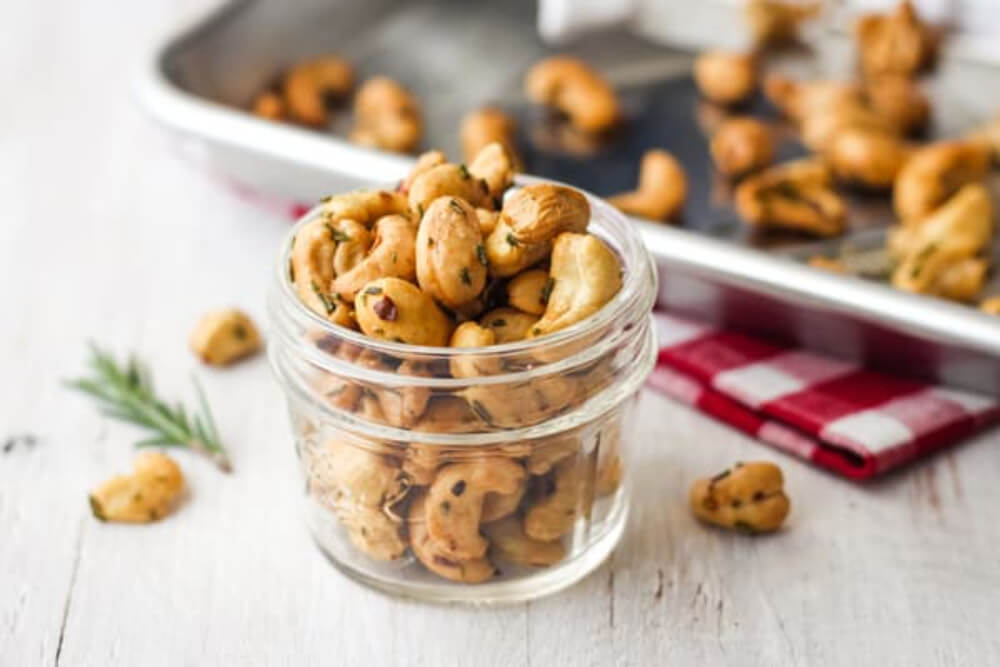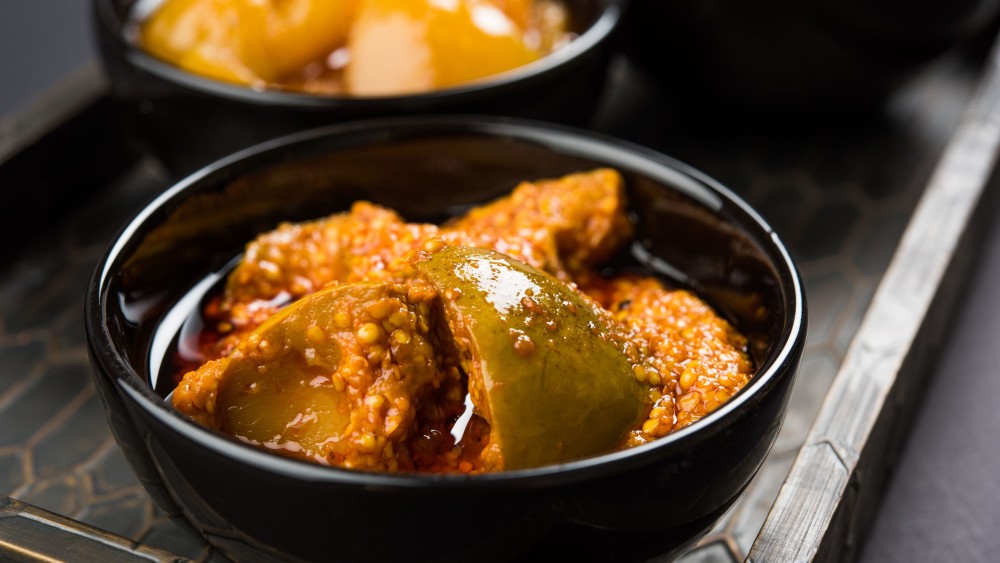Is there anything more comforting and delicious than a bowl of pasta? As an all-time favorite weeknight go-to, pasta is often one of the first meals at-home chefs learn to make. According to Italy Magazine, there are about 350 different pasta shapes, each with multiple names in numerous languages — evidence of how widely popular pasta has become throughout the centuries.
Pasta is as easy to make as it looks. However, there is a trick to having it come out just right. Impress your family and friends by learning how to cook pasta perfectly.
Things to Remember When Cooking Pasta
It takes more than boiling water and reading the package to cook the perfect pasta. In fact, some pasta enthusiasts might agree the process is more like an art form. Before you begin, you should keep a few things in mind.
For starters, pasta cooks best in water over 200° Fahrenheit because it will cool the water when you drop it into the pot. Although you might feel tempted to toss in the pasta at the first sign of bubbles, you should wait until you have a rapid boil.
Additionally, some people add salt or oil to the pot to prevent pasta from sticking — this is a myth. Oil will only make your pasta too slippery for the sauce to stick, as does washing the starch off dry pasta before cooking. However, you should add 1.5 tablespoons of salt per pound of pasta to the water well before it boils — this ensures the pasta is well-seasoned.
How to Cook Perfect Pasta: 5 Steps
If you’re learning how to cook perfect pasta for the first time or trying to perfect your technique, you’ll need a pot, water, salt, pasta, tongs and a drain. Once you have the proper ingredients and cookware, follow these five steps.
1. Fill Your Pot With Water
You’ll need to fill your pot with quite a bit of water to cook perfect pasta, so ensure it has enough capacity. Maria Lo Pinto — author of the 1948 cookbook “The Art of Italian Cooking” — says five to eight quarts should be enough for one pound of noodles. However, it ultimately depends on the type of pasta you’re cooking.
Check the packaging for an approximate water recommendation for your pasta. It may take some trial and error, but you’ll find the right amount soon.
2. Bring to a Boil
Set the stove to the highest setting and wait for your pot of water to boil rapidly, remembering to salt the water well beforehand. When you toss in your pasta, the water will absorb the starch quickly to cook the noodles.
Adding the noodles before the water is at the right temperature could result in soggy or overcooked pasta. Be patient and allow the pot of water to come to a rolling boil — making the best pasta requires you to avoid rushing the process.
3. Add the Pasta
Once you have boiling water, you can drop your pasta in, stirring it well to prevent the pieces from sticking together or to the bottom of the pot. You may find different pasta will require more time than others to cook because various ingredients are used when spiraling noodles. For example, some people prefer a low-carb alternative like “zoodles” — pasta made from zucchini. On the other hand, chickpea pasta contains protein and fiber for a more nutritious, gut-healthy meal.
Those learning how to cook pasta should strive for al dente — Italian for “to the tooth,” in which the pasta has just a bit of resistance when you bite it. To achieve al dente, cook the pasta for about three minutes less than the box instructs, tasting a noodle occasionally for doneness.
4. Drain the Pasta
When your pasta is cooked just right, reserve a cup of salty water and set it aside. Many people like to use pasta water in a sauce or save it for other recipes, such as homemade bread — starchy water helps dough rise better than regular water.
Then, turn off the heat and remove the pot, draining the pasta through a strainer in the sink. You should aim to drain most of the water but not all. It’s also essential not to leave the pasta sitting and drying off too long — this will cause it to stick together.
5. Serve and Enjoy
Transfer the pasta to a dish and top it with your favorite sauce — remember to add the leftover salt water — and toppings and seasonings, like herbs, spices, pesto or cheese. You might also transfer it back to a pot and mix it into vegetables, olive oil, sauce or other dressings for a complete meal.
Pasta is served best when fresh out of the pot, so make sure it’s the last thing that gets cooked. Pre-dinner salads or soup, sauce and bread should be on the table before your pasta is ready.
Practice How to Cook Perfect Pasta
There is a method to cooking perfect pasta, but you can perfect your technique with some practice. Once you’ve got your timing right, reaching the right temperature and consistency will easily come to you.

